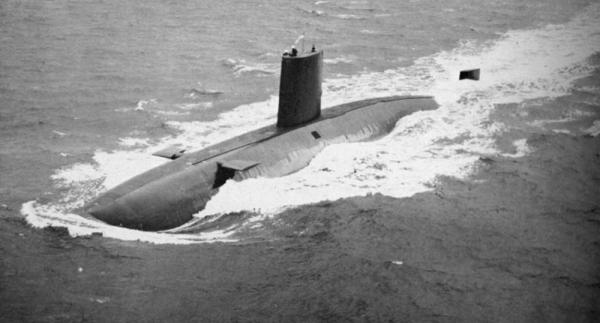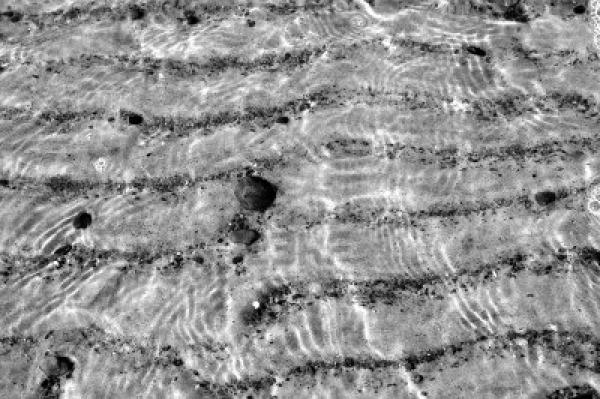

In June 2013 a group of us — artists and curators — travelled to Plymouth to tour the decommissioned nuclear-powered submarine HMS Courageous anchored at 3 Basin, HM Naval Base Devonport. Our visit was part of a larger research project around Nuclear Culture spearheaded by London-based curator Ele Carpenter. My particular interest has always to understand how science is worked out culturally, that is to say, how the objects, technologies, and practices of science are narrated in ways that makes them ‘consequential’ for culture and society more broadly. I had come on this fieldtrip through my previous research on the ways in which the radioactive dusts clouds of Chernobyl had re-molecularised the material strata of all that its airborne malevolence came into contact with.
H.M.S. Courageous was the last of the Valiant Class submarines. She was built by Vickers (Shipbuilding) Limited at Barrow-in-Furness. Her keel was laid down on the 15th of May 1968 and she was launched on the 7th of March 1970 as S50 (SSN06). At a ceremony held at Vickers, she was commissioned into the Royal Navy Submarine Flotilla on the 16th of October 1971 and based at Faslane Submarine Base Scotland throughout her operational career as part of the Third Submarine Squadron. In 1982 she was dispatched to the Falklands Islands as part of the British mission to retake the islands from Argentina. The Courageous was retired from service in 1992. www.hmscourageous.co.uk
Our tour was conducted by a retired Officer Alan Jones who had worked for decades on various nuclear submarines overseeing their engineering and navigation systems. The Valiant-class of submarines were primarily used for surveillance, especially during the Cold War, and were tasked with trolling the waters of the North Atlantic and monitoring underwater activity that might be indicative of covert operations. Alan recounted one such sortie in which a strange new frequency was picked up somewhere off the coast of Sweden by the submarine’s passive sonar technology. This is essentially a mode of sonar directed towards attentive listening as opposed to active sonar, which emits pulses that bounce echoes back to the sub where they are logged and classified according to the kinds of objects that produce such sonic-signatures. However unable to identify this particular frequency and thus its source of emission, Alan’s nuclear submarine began to chase the sound as it moved in ever-changing configurations off the coast of Sweden, sometimes disappearing altogether and then re-appearing with more intensity somewhere else. For three-months a Royal Navy nuclear-powered submarine with a 100+ crew tracked an audio frequency as it parried and thrust, deflecting its technical prey beneath the waters of the Baltic Sea. When the submarine finally surfaced and returned to its base at Faslane, Scotland having been unsuccessful in its considerable efforts to unmask the sound, it was discovered that what they had been doggedly following for months was the sound of granular particles of sand being rubbed by the undulating motion of the waves.